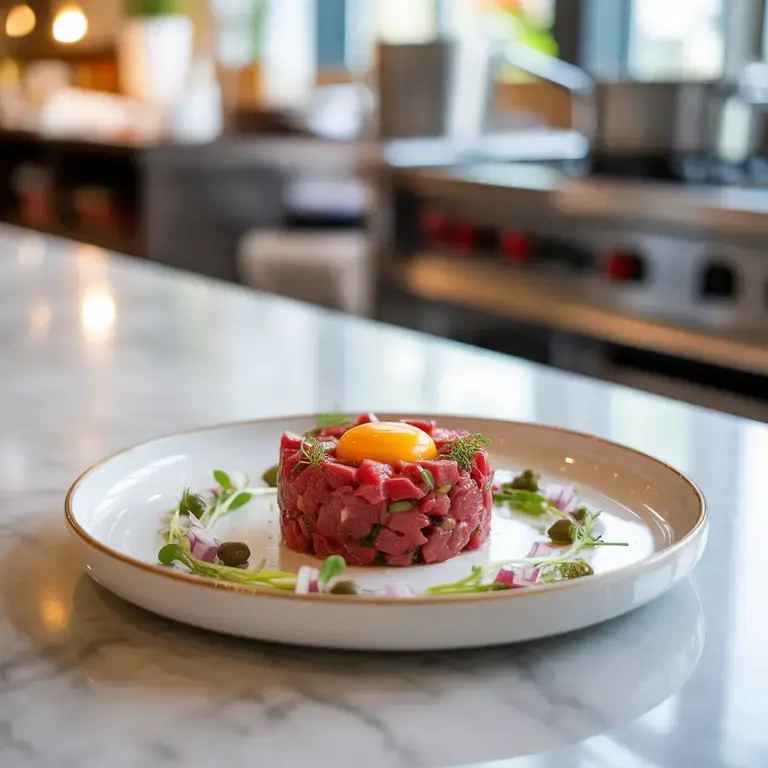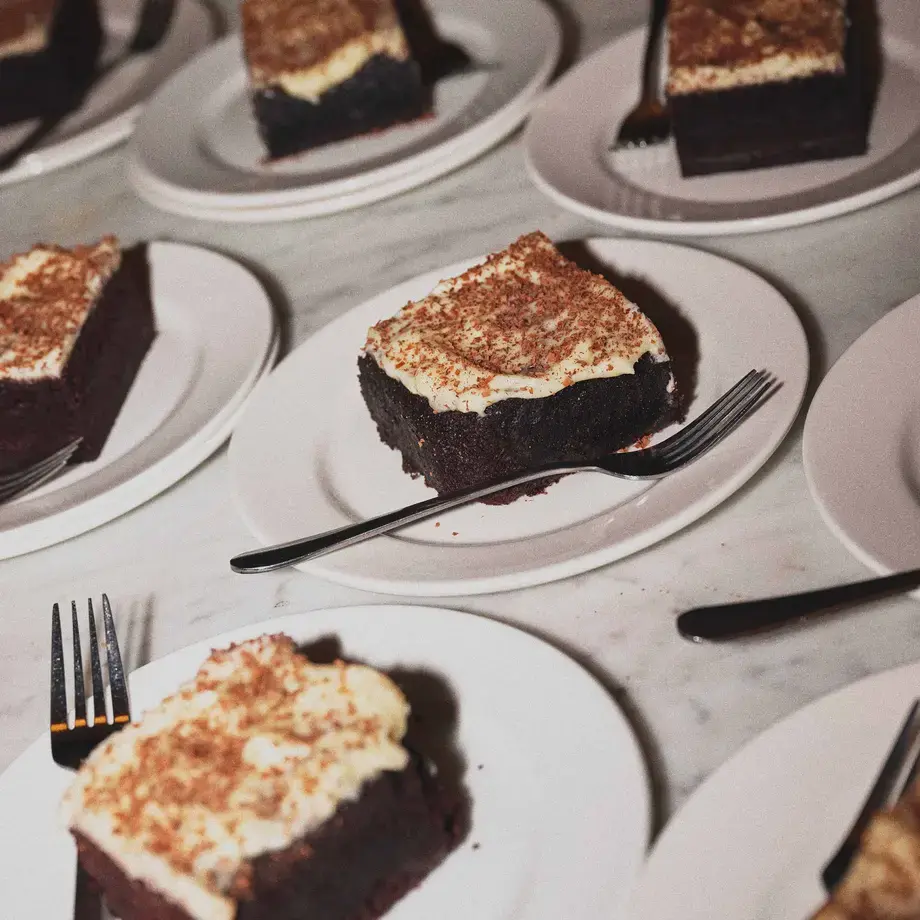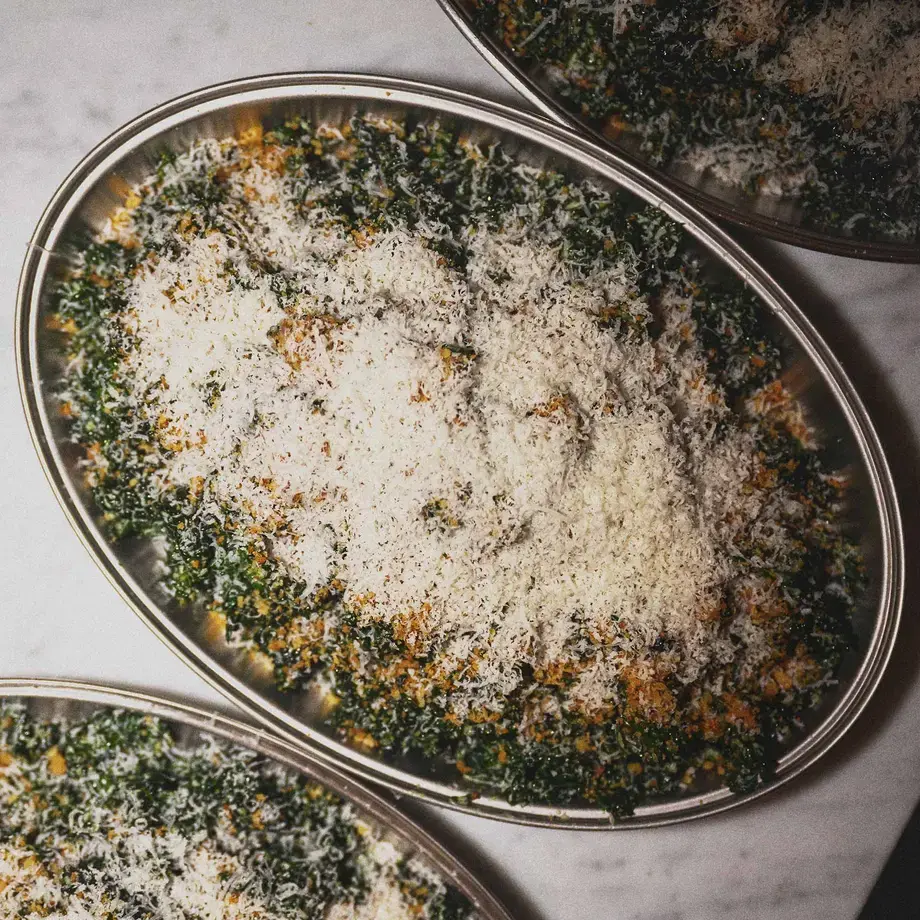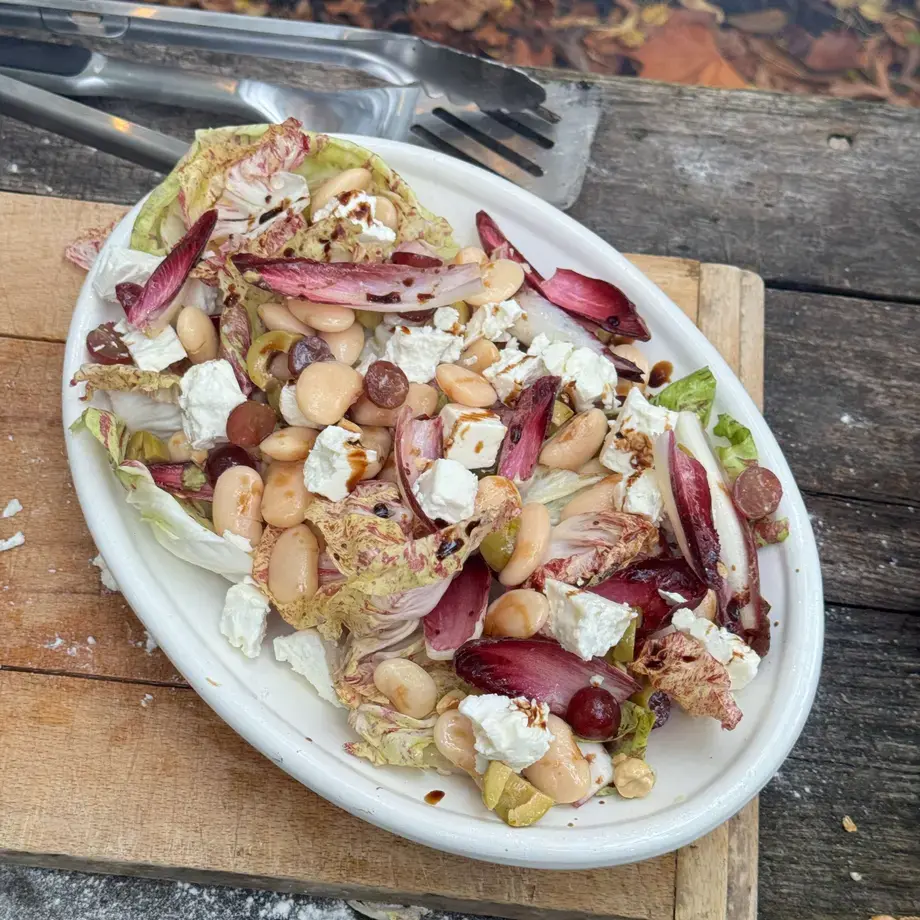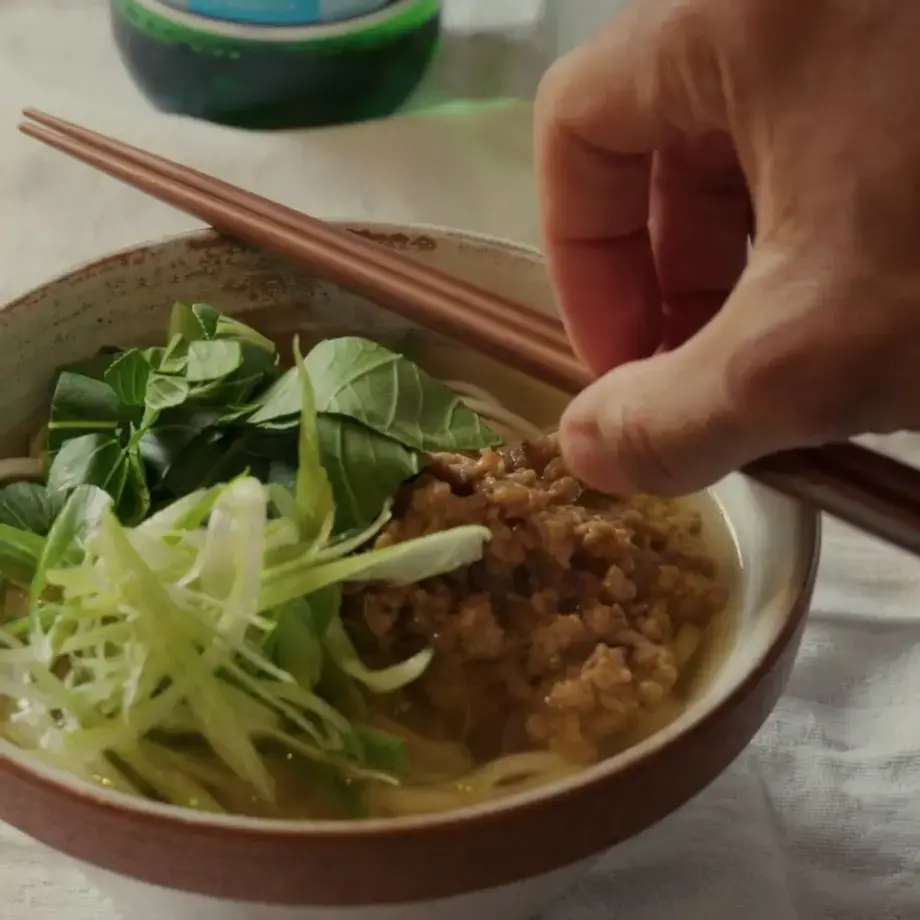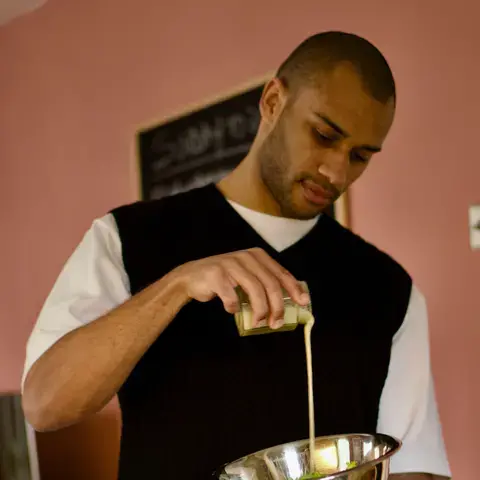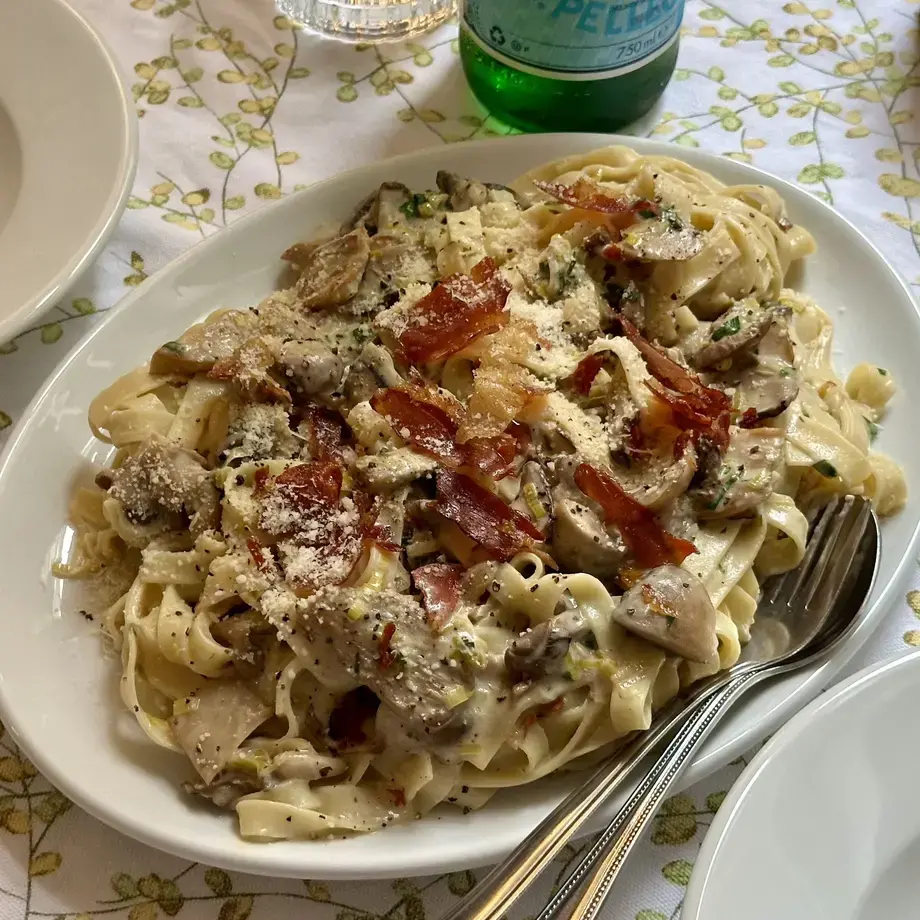Steak tartare is a dish built around the quality of its main ingredient, beef. As such, you need to source the best quality meat to create the tastiest tartare. Look for tender and lean beef, such as tenderloin, and avoid any fatty cuts which can make the tartare undesirably greasy. As the beef will be eaten raw, opt for the freshest, highest quality beef you can find.
It’s preferable to head to your local butcher’s, but there are also reputable meat counters at supermarkets too. It’s worth mentioning to the butcher that you’re intending to eat the meat raw, so they can best advise you on the cuts they have available and ensure you have the safest meat.
If making this dish seasonally, beef is at its best throughout the summer months into early autumn, and you can find all the tips you need on purchasing seasonal meat in our comprehensive guide.
It’s possible to make aged beef tartare, but there are a few considerations to take into account. Wet-aged beef can be used for tartare, as it maintains its tenderness. You can also use dry-aged beef, but you’ll need to take care to trim away the outer dried layer and only use the pristine inner meat. Aged beef tends to also have a bolder taste, so you’ll need to vary the seasoning and opt for brighter ingredients like lemon or chives to cut through.
Try chilling the meat in the freezer for around 10 minutes before slicing it. This helps to firm up the meat and makes it easier to dice it cleanly. Some chefs will also chill the serving plate or bowl, which keeps the tartare cold and fresh during eating. For the presentation, if you want to create a really neat ball, mould the tartare using a ring to create a more professional look.
Take care to only use the egg yolks for this recipe. The yolk brings a welcome creaminess to the dish and helps to bind the diced beef, without dominating the flavour. Egg whites, however, aren’t as inviting when raw. They add an unpleasant, slippery texture and can dilute the taste of the meat.
You can enjoy beef tartare simply as it is, with a few additional capers for garnish, but it’s also delicious served alongside a toasted, crunchy baguette to add texture to the dish. A drizzle of truffle oil adds an elevated finishing touch when serving this recipe for a special occasion.
Flavours to pair with steak tartare
The classic tartare recipe balances acidic, umami and aromatic flavours to create a unique starter. In the recipe above, we’ve included capers for acidity, a shallot for aromatics, and an umami kick with the Dijon mustard. But you can swap in different ingredients as preferred. Many classic tartare recipes will also include gherkins or Worcestershire sauce for a beef tartare dressing, which you can substitute for the mustard.
We’ve shared a traditional French steak tartare recipe above, but if you want to take this to the next level with more complex flavours, then try your hand at chef Roman Avril’s sophisticated take on a tartare, featuring veal. And whilst this recipe has its roots in French cuisine, there are lots of cultural twists that can be introduced to the basic tartare dish. This Korean take on a tartare uses gochujang paste for a taste of authentic Korean cooking. Over in Switzerland, chef Zineb Hattab has added crunchy texture to a beet tartare with lemon-zested radishes, and Italian chef Enrico Bartolini has incorporated a citrus element to his unique approach to tartare.
Storage
Steak tartare is made with raw beef. It’s not recommended, therefore, to store any leftovers from this dish as bacterial growth can start to occur after time in the fridge. Ideally, you should source the meat on the day of making and try to be exact with your quantities to avoid any food waste.
